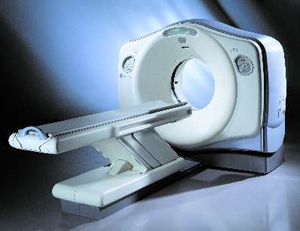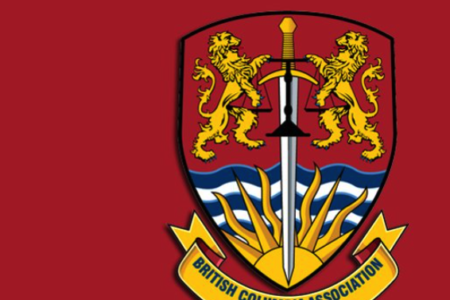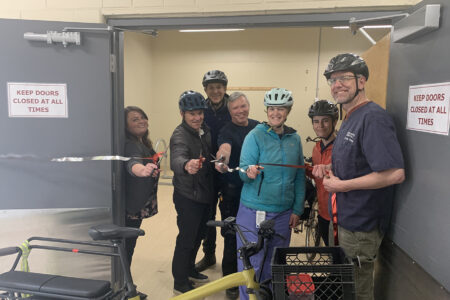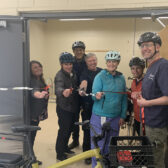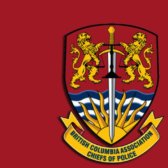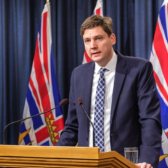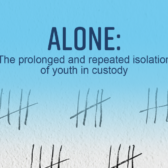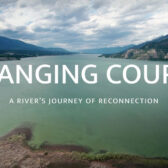Comment: CT scanner will only operate limited hours
By Glyn Humphries
When Zeno Cescon, IHA’s regional director for diagnostic imaging services, announced the CT scanner would only run on a 9 a.m. to 5 p.m. basis for the first year in the renovated emergency room at Kootenay Lake Hospital (KLH), many people were concerned.
In effect, the scanner would only be available for emergency service for 40 out of 168 hours per week — or less than one quarter of the week.
Since 2002, ER doctors have said without the support of a local surgical team or ICU to assist them, the ER was not a safe environment. Doctors called for emergency services to be available at KLH 24 hours per day, seven days a week.
The former head of KLH ER, Dr. Richard Fleet (now chair of Emergency Medicine at the University of Laval) believed not having access to a CT 24/7 must also be interpreted in the context of an “ER that lies without the support of a local surgical team or ICU.”
After eight general practitioners withdrew their ER privileges because they agreed it was unsafe to practice, the IHA replaced them with qualified ER specialists from various parts of Canada. The sense was they were more qualified to cope with unstable situations.
Unfortunately, since then, six ER specialists — three of whom are heads of departments — realized the situation at the ER was untenable and not best practice for emergency care.
They’ve all left to find posts in other parts of Canada.
Critically, in 2009, both Nelson City and Kaslo councils and all candidates in the last provincial election campaign unanimously endorsed the Nelson Health Task Force (HTF) goals for emergency services for KLH, including a CT scanner, a residential general surgeon and some form of intensive care.
Finally, Nelson-Creston MLA Michelle Mungall presented a petition to the BC legislature, signed by over 2,500 citizens endorsing the HTF goals for emergency services at KLH.
The Foundation’s CT fundraising brochure stated: “in emergency cases this scanner could mean the difference between life and death.”
But having a CT scanner available only for a 40-hour week neither addresses emergency situations for critically ill patients on five weekday nights or on the weekends.
To be available for less than one quarter of a week for emergencies, it looks more like a case of “willful blindness” to the health and safety needs of Kootenay citizens in emergency situations. With a population of over 32,000, this is an unacceptable position.
The IHA said they would introduce 24/7 service for the scanner the following year. In the climate of documented decreases in local health services in rural regions, we must be wary of falling into the trap of believing IHA promises of increasing services in future times, while they have been implementing less services for patient care.
Statistics from health authorities are not likely to be forthcoming about the cost of retaining a CT technician for on-call CT scanner duty. It is likely, these costs would outweigh expenditures for critical care ambulance teams tied up in Trail or Kelowna for several hours on emergency calls after hours.
The nub of the issue, in the context of “willful blindness” — like smokers who continue to smoke regardless of the consequences — our bias limits us to see only what we want to see.
The casualty in all this is a loss of our critical thinking and common sense and not seeing reality through the eyes of a stressed ER doctor or unfortunate patient awaiting a timely decision while laying on a gurney in the ER.
Authorities fail to acknowledge that critical timing for emergency care is beyond any considerations of defending positions with arguments citing limitations of money, lack of staff/training, policy and so on.
The bottom line is how much do we care about those who need emergency diagnostics in a timely manner?
Had this CT scanner been in the vicinity of Victoria or Vancouver, we would not be having this discussion. In the so-called “Heartland,” we suffer from a pervasive “out of sight, out of mind” principle.
We fail to recognize what is missing: viewing a rural heartbeat with a critical kernel of empathy — an empathy recognizing difficult dilemmas rural ER doctors experience on a day-to-day basis and the helplessness of a distressed citizen laying on their gurney in our emergency room.
This is why, right from the start, we need a CT scanner available for emergencies
24/7, and not to be available for less than one quarter of the week.
Glyn Humphries is the former chair of the Nelson Health Task Force and is a health care advocate in Nelson.



